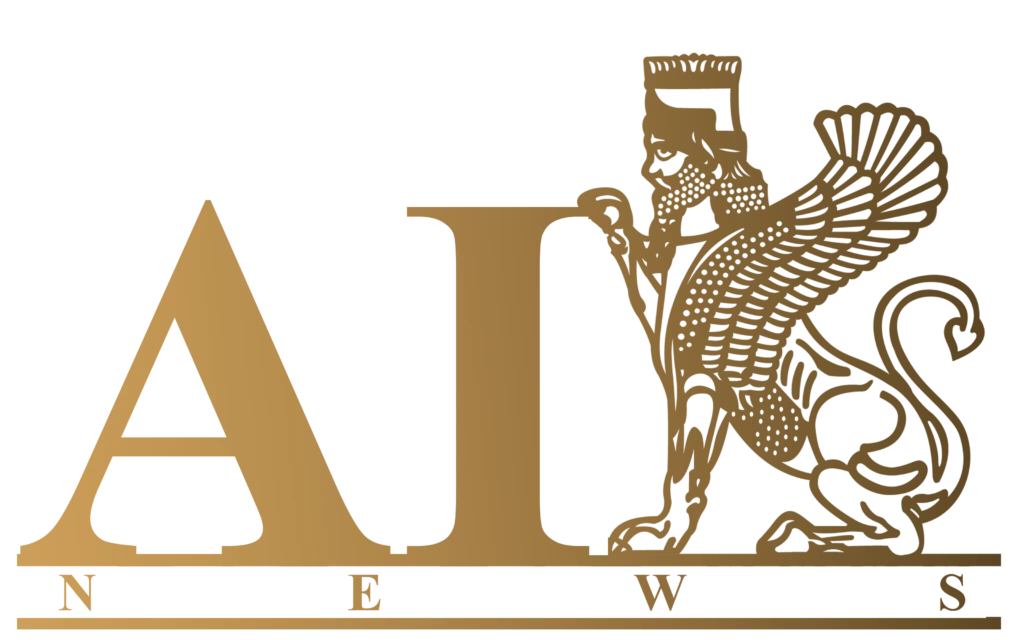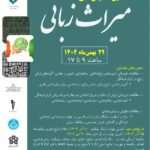Second Part of the Symposium: The Two Faces of Mithraism, Sapienza University of Rome, Italy
- Mohammad Keshavarz Divkolaee
- Events
- 2024/07/18

Domenico Agostini. Mithra nell’apocalisse iranica.
Date: July 11, 2024
The first presentation was delivered by Domenico Agostini, titled “Mithra in the Iranian Apocalypse.” This presentation addressed the challenging analysis and understanding of Mithraism and its Eastern or Western origins. The name Mithra, or Mehr, has been found in Zoroastrian thoughts, referring to the god Mithra from the first millennium BCE to 600 BCE. This presence extends from the Achaemenid civilization to the post-Christian era, specifically the Sasanian period. In this session, texts related to Mithraism from the Sasanian era were discussed. Additionally, specific sections of religious texts such as the Bundahishn were examined, highlighting the connection between the god Mithra, Sorush, and Rashna. Another focus was on the remaining references to Mehr in the Mihr Yasht and the Minog-i Kherad.

Marco Bais. Reminisceze mitraiche negli scritti di Nerses Snohali (XII sec.).
The second presentation was by Marco Bais, titled “Memories of Mithra in the Writings of Nerses Snohali.” Initially, the discussion focused on ancient and historical sources and their references to Mithra, specifically the birth of the god Mithra from a rock. This was followed by an examination of remaining texts on Armenian inscriptions that feature common and similar terms related to the god born from the rock, which were of particular interest. Attention was given to surviving hymns that speak of birth from the rock. A similar term in Armenian literature, “Sharakan,” refers to birth from a mountain and rock. Dr. Bais’s primary focus was on Russell’s thoughts regarding the origins of Mithraism and the birth of the god Mithra.

Carlo Giovanni Cereti. Tra India e Iran: Qualche nota su Mitra nei Veda e nell’Avesta.
The third presentation was conducted by Carlo Giovanni Cereti, titled “Mithraism Between India and Iran,” which examined the Vedic and Avestan texts. This presentation explored the direct connection of the god Mithra with the sun, light, cosmos, constellations, and the well-known duality in Iranian religious thought, specifically the concepts of good and evil, Ahura Mazda, and Ahriman. The role of the god Mithra in archaeological remains, such as seals and vessels, was highlighted. The session discussed the connection between Mithra and the sun and Mithra and the mountain in the Mihr Yasht, and the covenant that existed between these two mythological elements. The presentation also addressed the terminology and meanings of the name Mithra in Indian and Iranian cultures, emphasizing that one of its significant definitions is a covenant or agreement.

Gianfilippo Terribili. Ascesa dell’anima e apotesi celeste nel segno di Mithra. Contesto iranico e area di contatto.
The fourth and final presentation was by Gianfilippo Terribili, titled “The Return of the Soul and the Celestial Apotheosis in the Symbolism and References to Mithra in Iranian Texts.” Initially, sources such as Porphyry, Origen, and Julian were discussed. The presentation also mentioned the name Mithra and Helios in surviving Greek papyri, which were like prayers. Following this, there was a detailed examination of the Mihr Yasht and the key words related to the god Mithra and his actions and deeds. The presentation explored Mithra’s origin from Mount Hera, also known as Alborz. Subsequently, it delved into the Menog-i Kherad and surviving Pahlavi texts from the Sasanian and late Sasanian periods. A significant point discussed was the connection between the earth, the sky, and the human soul in Mithraic thought, including references to the seven continents, water elements, earth elements, and the cosmic mountain, Mount Hera. Another focus was the cosmic relationships between the stars, the moon, and the sun with Mithraism, clearly depicted in Roman Mithraism through surviving iconography and artifacts.






One Comment
Thank you for sharing. How could I get the full videos of the presentations?